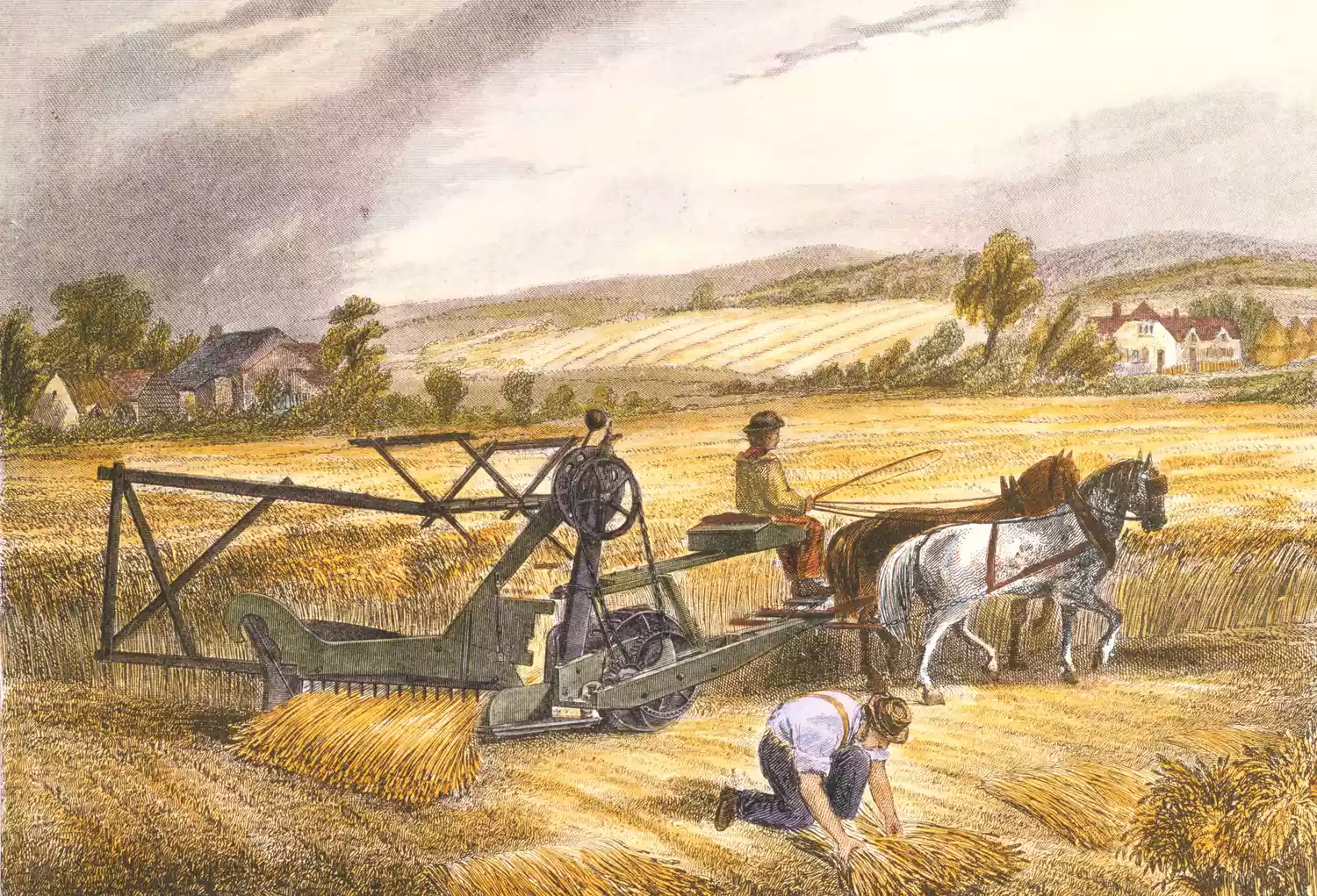tractor maize harvester
The Evolution and Impact of Tractor-Mounted Maize Harvesters
Agriculture has undergone substantial transformations over the past century, and one of the most significant advancements has been the development of specialized machinery to assist farmers in their daily operations. Among these innovations, the tractor-mounted maize harvester has emerged as a game changer in the field of crop cultivation, specifically for maize, also known as corn. This article delves into the evolution, advantages, and implications of this essential agricultural tool.
Historical Context
The history of maize harvesting machinery can be traced back to the early 20th century when the need for efficient harvesting methods became apparent. Traditional manual harvesting methods were labor-intensive and time-consuming, often leading to losses due to weather conditions or pest infestations. As agricultural demand grew, so did the need for mechanization. The inception of the tractor-mounted maize harvester represented a significant leap forward in agricultural productivity.
Initially, maize harvesters were standalone units requiring complex operation, making them less accessible for small-scale farmers. However, as tractors became widespread in farming, manufacturers began to develop specialized attachments that would allow for a more integrated and efficient harvesting process. This innovation allowed farmers to leverage the power of their tractors, streamlining the entire harvesting operation.
Functionality of Tractor-Mounted Maize Harvesters
Tractor-mounted maize harvesters are designed to work alongside standard agricultural tractors, offering versatility and ease of use. These machines can efficiently harvest maize by cutting the stalks, stripping the ears, and shelling the kernels, all in a single pass. The design incorporates features that enable operators to adjust settings based on maize variety, moisture content, and desired processing speed.
One of the key components of these harvesters is the header, which is equipped with sharp blades to slice through maize stalks. Additionally, the collection system is designed to minimize kernel loss, maximizing yield. By integrating harvesting, separating, and collecting processes, these machines significantly reduce the time and labor required to complete the harvest compared to traditional methods.
Advantages of Tractor-Mounted Maize Harvesters
tractor maize harvester

The efficiency and productivity of tractor-mounted maize harvesters present numerous advantages for farmers. Firstly, they dramatically reduce the time spent on harvesting, enabling farmers to cover larger areas in shorter periods. This is especially crucial during the maize harvesting season when weather conditions can change rapidly.
Moreover, these harvesters improve the overall quality of the maize by minimizing damage to the crop during the harvesting process. With a reduced risk of spoilage and loss, farmers can achieve better market prices for their products. As such, the economic viability of maize farming has been greatly enhanced, allowing smallholder and commercial farmers alike to invest in better equipment and practices.
In addition to economic benefits, mechanization through tractor-mounted harvesters contributes to sustainable agricultural practices. By improving efficiency, farmers can optimize their resource use—be it labor, fuel, or time—leading to less strain on the environment. The technological advancement signifies a shift towards modern farming practices that prioritize both productivity and sustainability.
Challenges and Considerations
Despite the clear advantages of tractor-mounted maize harvesters, there are challenges that farmers must navigate. The initial investment in machinery can be substantial, and not all farmers may have the financial resources to acquire quality equipment. Additionally, the need for skillful operation and maintenance of the machinery requires training and knowledge, which can be a barrier in some rural areas.
Furthermore, the mechanization of farming also raises concerns about the potential loss of traditional knowledge and practices in agriculture. As farmers become increasingly reliant on machinery, there may be a diminishing emphasis on labor-intensive methods that have supported communities for generations.
Conclusion
Tractor-mounted maize harvesters represent a pivotal development in agricultural technology, transforming how maize is harvested around the world. Their ability to enhance efficiency, improve crop quality, and promote sustainable practices underscores their significance in modern farming. However, as with any technological advancement, it is crucial to balance progress with the preservation of traditional agricultural practices to ensure that benefits are realized across varying scales of farming operations. As we look to the future, fostering synergy between innovation and tradition will be key to a resilient and productive agricultural sector.
Latest news
-
When to Upgrade Your Old Forage HarvesterNewsJun.05,2025
-
One Forage Harvester for All Your NeedsNewsJun.05,2025
-
Mastering the Grass Reaper MachineNewsJun.05,2025
-
How Small Farms Make Full Use of Wheat ReaperNewsJun.05,2025
-
Harvesting Wheat the Easy Way: Use a Mini Tractor ReaperNewsJun.05,2025
-
Growing Demand for the Mini Tractor Reaper in AsiaNewsJun.05,2025







